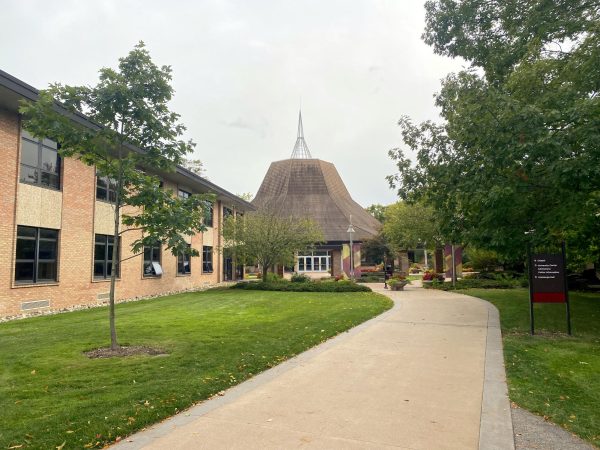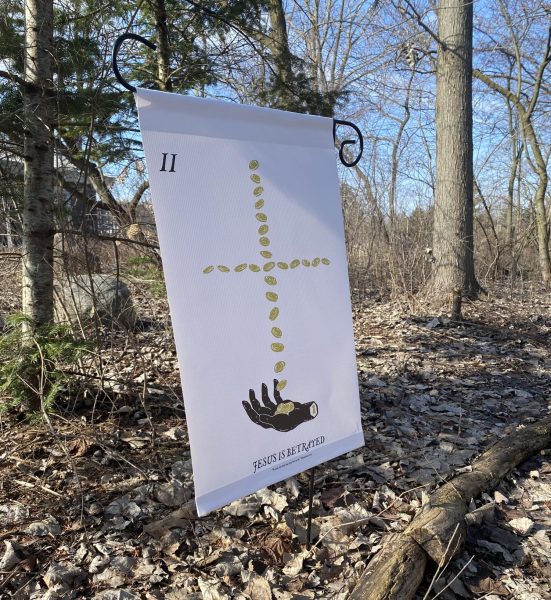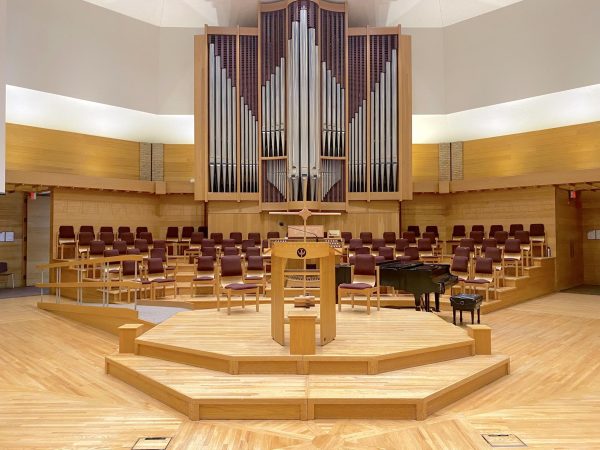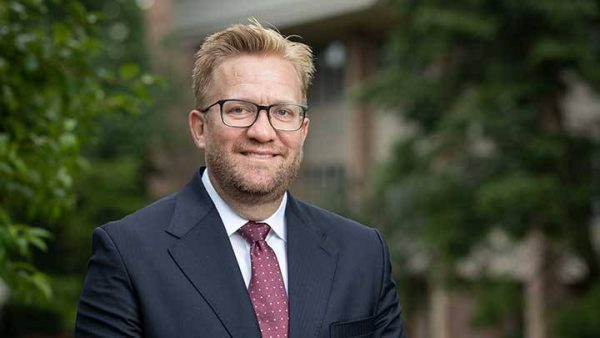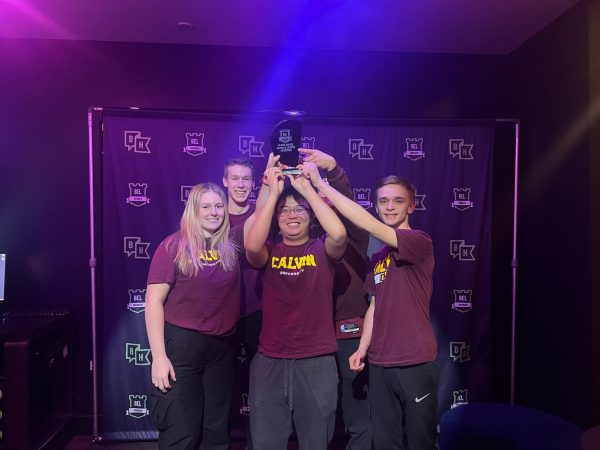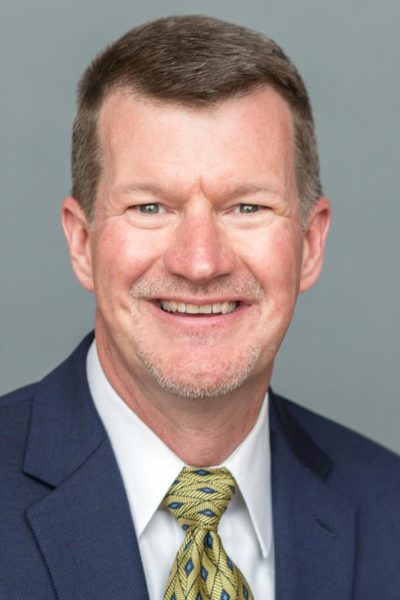Prof reflects on crusade conversion
Reverend Billy Graham drew massive crowds at his crusades which would end with a call for the crowd to accept Jesus. Photo cropped from Wikimedia Commons author Warren K. Leffler, and is found in the Library of Congress.
Calvin philosophy professor Lee Hardy converted to Christianity at a 1963 crusade meeting held by the recently deceased Reverend Billy Graham.
Graham, a prominent American evangelist, passed away Wednesday morning, Feb. 21, from prostate cancer. Graham preached for roughly six decades, hosting massive “crusades” where hundreds and sometimes thousands of people converted to Christianity. His first crusade was held at the Civic Auditorium in Grand Rapids.
Graham’s energetic preaching and emphasis on the joy he found in his faith attracted many people to his message, including 12 U.S. presidents and Queen Elizabeth II. He toured in 185 countries and territories and on six continents.
“[Graham] was by all accounts a man of deep faith, a humble man who sought to do God’s work. He was a man of his times, and he helped create our times, for good and ill,” remarked Calvin history professor Kristin Du Mez.
One of Graham’s 417 crusades took place in Los Angeles, Calif., in 1963. Hardy attended it with his parents and brother. Up until that point, Hardy’s family identified as “vague theists.” His parents would attend church on Christmas, and they certainly wouldn’t have called themselves atheists, but as Hardy explained:
“The full nature of the gospel wasn’t known to us.”
His family went to the crusade because his parents had recently begun attending an Evangelical Free Church in the area. The church arranged buses and tickets, so his family decided to hear Graham, who was already a household name by that time.
The crusade was held in the Los Angeles Coliseum, a stadium that can hold roughly 90,000 people. According to Hardy, every seat was filled. In reality, more than all the seats were filled. According to the LA Coliseum’s website, 134,254 people were in attendance, the most in the stadium’s history.
According to Hardy, the atmosphere was “electric.” The night followed the typical liturgy of Graham’s crusades. He would preach and then appeal to the audience to accept Christ in their hearts. After Graham’s charismatic yet simple message of Christ crucified, Hardy saw an opportunity to profess his faith.
“I have this vivid memory of walking down the concrete steps onto the field. George Beverly Shea was singing ‘Just As I Am,’” Hardy said with a laugh.
Hardy knew that it was a turning point for him. His family converted alongside of him. However, Hardy’s personal faith journey was far from over. For Hardy, it wasn’t an adequate tradition to govern both his life and the way he interacted with the world. Fundamentalism stressed the end times and his personal salvation far too much.
As Hardy read more, specifically the works of Francis Schaeffer and Abraham Kuyper, he shifted from the American fundamentalist tradition to the Reformed tradition.
Upon Graham’s death, Hardy carries mixed feelings about his legacy.
“In my own life, Billy Graham was the instrument by which God grabbed hold of me. I can’t disregard that,” he said.
However, Graham’s proximity to the fundamentalism from which Hardy has distanced himself clouds his view of the preacher. Hardy criticized Graham’s friendliness with President Richard Nixon and hesitance toward the Civil Rights movement.
“He equivocated on racial justice at a time when prophetic witness could have been transformative,” Du Mez stated.
Graham expressed regret for both personal failures later in his life.
Hardy’s story, with its specific time and place of salvation, is rare in Reformed circles. However, it was the trademark of Graham’s ministry, charismatic salvation in the context of an altar call.




